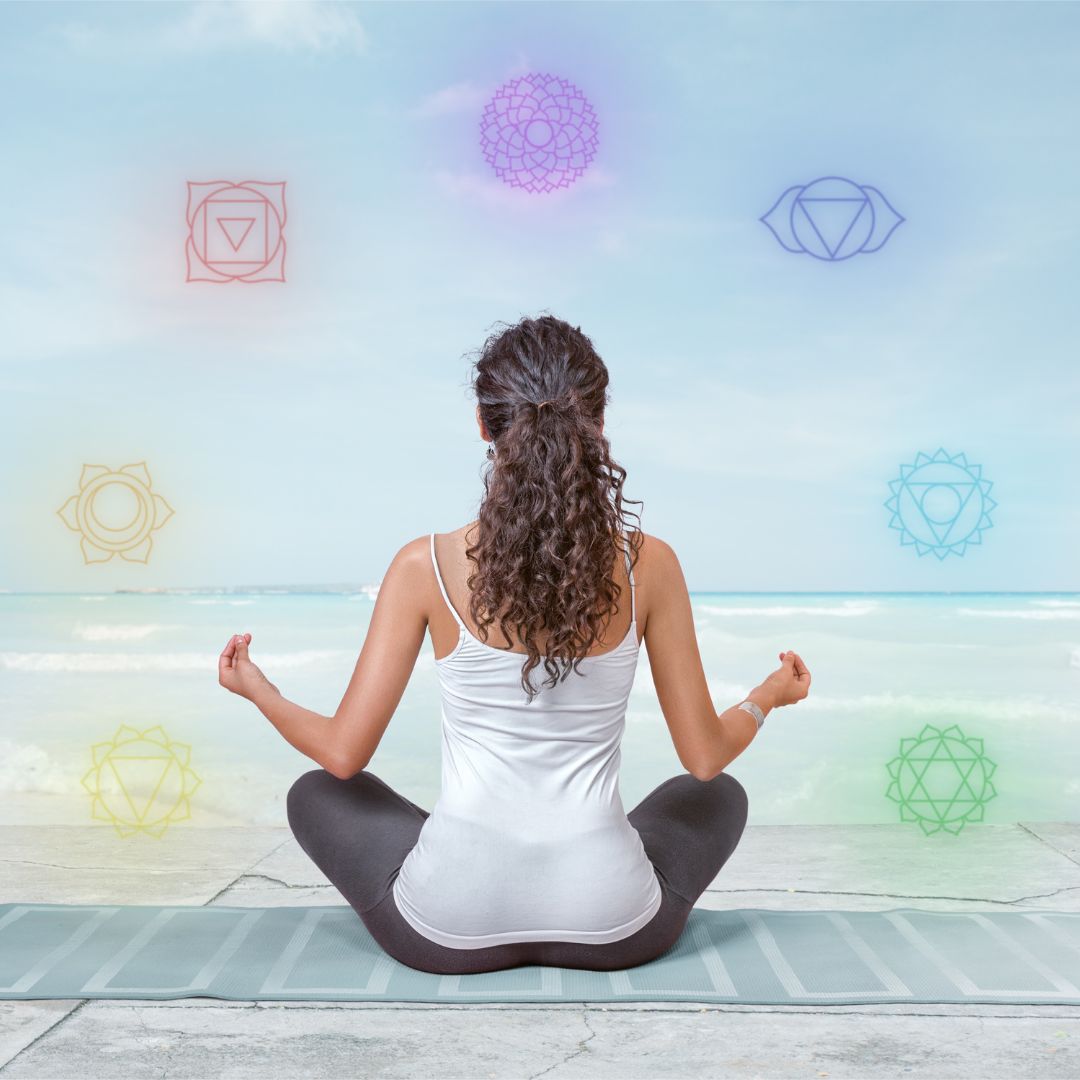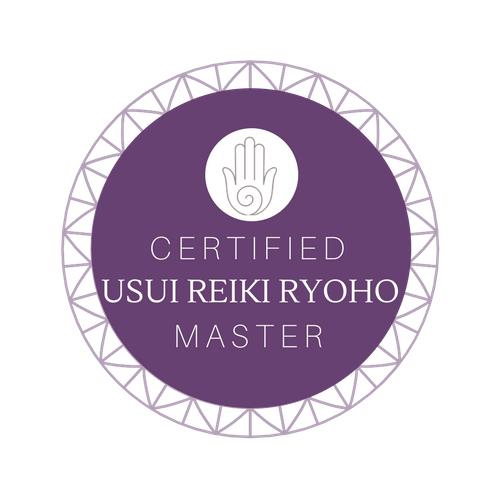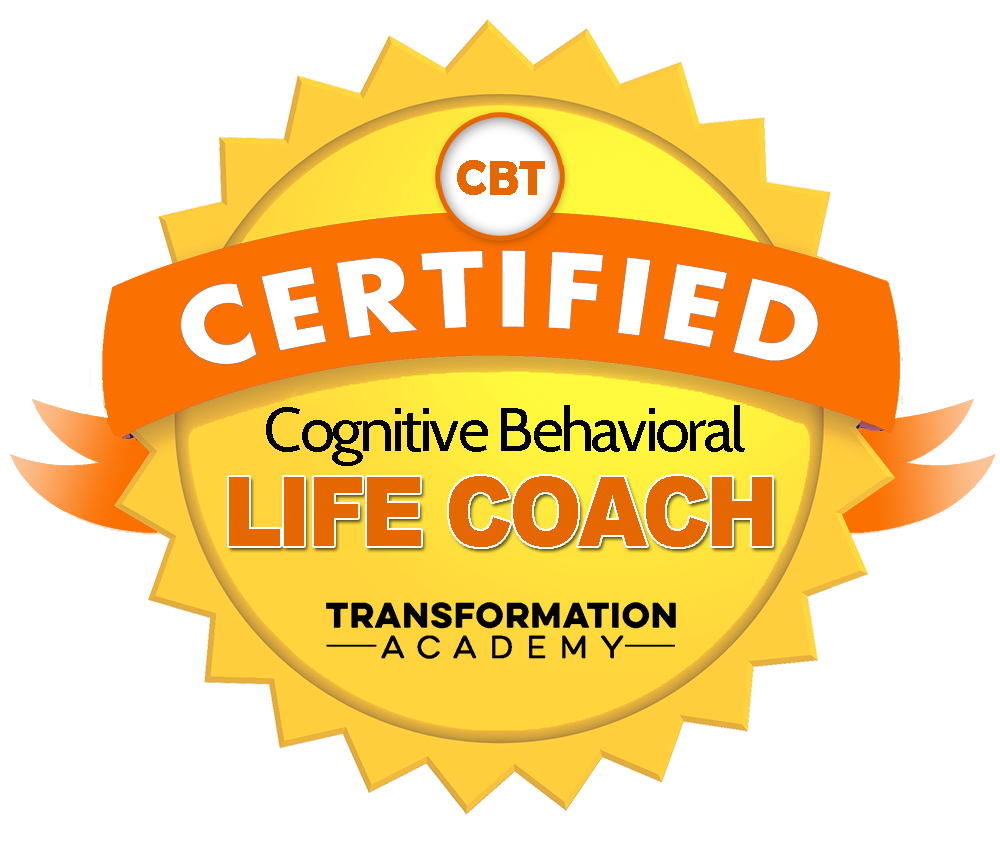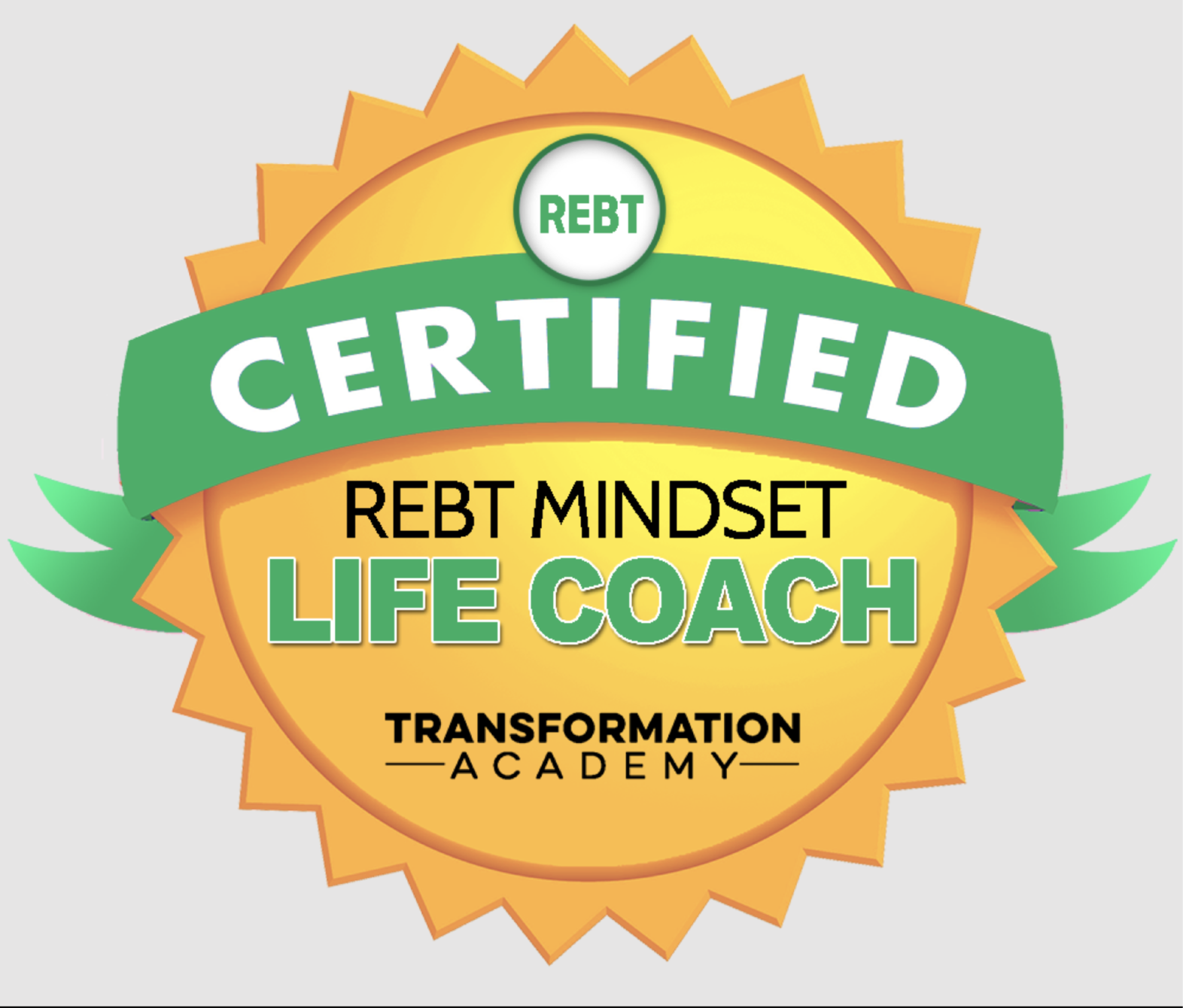Chakra Meditation Basics

What Are Chakras?
1. Mooladhara (Root Chakra)
The first chakra, Mooladhara, is often referred to as the "root chakra" or the "foundation" of the energy system. It is located at the base of the spine, near the perineum in men and the cervix in women. This chakra governs the skeletal system, the excretory system, and the legs. It is associated with survival instincts, stability, and grounding.
When the Mooladhara chakra is balanced, a person feels secure, stable, and connected to the earth. They are grounded in their physical body and feel a sense of safety and security in their environment. Imbalances in this chakra can lead to feelings of fear, insecurity, and instability, as well as issues with the legs, feet, and lower back.
The Mooladhara chakra is also connected to material attachment, procreation, and the ability to respond to stimuli, particularly during labor in women. Awakening and balancing this chakra through meditation helps to build a strong foundation for personal growth and spiritual development.
2. Swadhisthana (Sacral Chakra)
The second chakra, Swadhisthana, is known as the "sacral chakra" or the "place of one's abode." Located just below the navel, near the sacrum, this chakra is associated with the urinary system, including the kidneys and bladder, as well as the reproductive system. It governs the ovaries, fallopian tubes, uterus in women, and the testes and prostate gland in men.
The Swadhisthana chakra is linked to creativity, sexuality, pleasure, and emotional balance. It is the center of passion, desire, and intimacy. When this chakra is in balance, a person feels emotionally stable, creative, and open to healthy relationships. An imbalance in this chakra can result in emotional instability, fear of intimacy, and difficulties with creativity or reproduction.
In chakra meditation, focusing on the Swadhisthana chakra helps to release emotional blockages and enhance one's ability to experience joy, creativity, and pleasure.
3. Manipura (Solar Plexus Chakra)
The third chakra, Manipura, is often referred to as the "solar plexus chakra" or the "city of sparkling jewels." Located in the upper abdomen, near the stomach and the lumbar spine, this chakra is associated with the digestive system, the adrenal glands, and the sympathetic and parasympathetic nervous systems. It governs self-confidence, personal power, and the ability to take action.
When the Manipura chakra is balanced, a person feels confident, empowered, and in control of their life. They are able to make decisions with clarity and assertiveness. An imbalance in this chakra can lead to feelings of powerlessness, low self-esteem, and digestive issues, such as indigestion or ulcers.
Chakra meditation focused on the Manipura chakra helps to boost self-confidence, increase personal power, and enhance one's ability to take decisive action toward their goals.
4. Anahata (Heart Chakra)
The fourth chakra, Anahata, is known as the "heart chakra" or the "unstruck" chakra. Located in the center of the chest, near the heart, this chakra governs the cardiovascular system, the respiratory system, and the muscular system. It is the center of love, compassion, and emotional healing.
When the Anahata chakra is open and balanced, a person feels emotionally connected to others, capable of giving and receiving love, and able to experience deep compassion and empathy. An imbalance in this chakra can result in emotional blockages, difficulty forming relationships, and heart or respiratory issues.
In chakra meditation, focusing on the Anahata chakra helps to heal emotional wounds, cultivate unconditional love, and enhance emotional balance and harmony in relationships.
5. Vishuddha (Throat Chakra)
The fifth chakra, Vishuddha, is known as the "throat chakra" or the "purification" chakra. Located at the throat, this chakra governs the thyroid and parathyroid glands, as well as the function of the voice, ears, and sense of hearing. It is associated with communication, self-expression, and creativity.
When the Vishuddha chakra is balanced, a person is able to express themselves clearly, both verbally and creatively. They are confident in speaking their truth and communicating effectively with others. An imbalance in this chakra can result in difficulties with communication, a weak or restricted voice, or even thyroid imbalances.
Chakra meditation focused on the Vishuddha chakra helps to clear blockages in communication, enhance creativity, and improve the ability to speak with clarity and confidence.
6. Ajna (Third Eye Chakra)
The sixth chakra, Ajna, is known as the "third eye chakra" or the "command" chakra. Located in the center of the forehead, between the eyebrows, this chakra governs the autonomic nervous system, the pineal gland, and the pituitary gland. It is associated with intuition, perception, and higher wisdom.
When the Ajna chakra is open and balanced, a person experiences heightened intuition, clarity of thought, and the ability to see beyond the physical realm. They have a strong connection to their inner wisdom and can make decisions based on inner knowing. An imbalance in this chakra can lead to confusion, lack of direction, and difficulty trusting one's intuition.
In chakra meditation, focusing on the Ajna chakra helps to enhance intuition, clarity, and insight, allowing for greater spiritual awareness and understanding.
7. Sahasrara (Crown Chakra)
The seventh and final chakra, Sahasrara, is known as the "crown chakra" or the "thousand-petaled lotus." Located at the top of the head, this chakra is associated with the brain and the nervous system. It is the center of spiritual connection, enlightenment, and divine consciousness.
When the Sahasrara chakra is balanced, a person feels deeply connected to the universe, experiencing a sense of oneness with all that is. They have a profound understanding of their spiritual nature and are able to access higher states of consciousness. An imbalance in this chakra can result in feelings of disconnection, spiritual confusion, or a lack of purpose.
Chakra meditation focused on the Sahasrara chakra helps to deepen spiritual awareness, cultivate inner peace, and enhance one's connection to the divine.
In Summary
Chakra meditation is a powerful practice that can help to awaken, balance, and align the energy centers within the body. By focusing on each chakra and its associated qualities, individuals can address physical, emotional, and spiritual imbalances, promoting overall health and well-being. Through regular practice, chakra meditation can lead to greater self-awareness, inner peace, and a deeper connection to one's true self. Whether you are seeking physical healing, emotional balance, or spiritual growth, chakra meditation offers a path to transformation and self-discovery.
Click the link below to book your free clarity call or free virtual coffee chat.
Grab a copy of our newletter by completing the form below, this will then be sent to your inbox every month.
My Affirmation For The Week
"Creativity is contagious. Pass it on."









